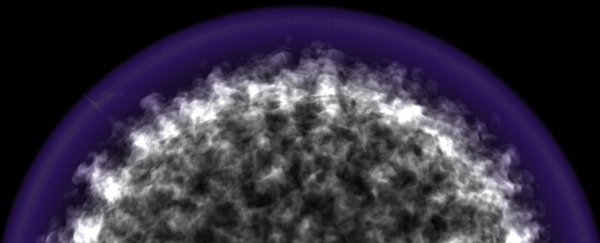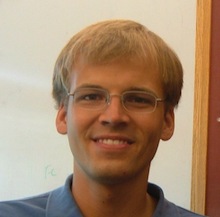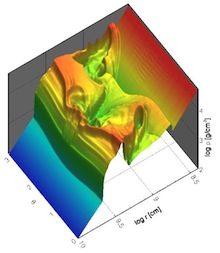General Information
CDSA is a 10-week program. In 2022 it will run from Tuesday, May 31 through Thursday, August 4. Given the strong integration of lectures, group activities, and tutorials, we require all students to be on campus ready to learn by the first day of the program. Early arrivals are possible.
Students participating in this NSF-funded program will receive a stipend of $6000 plus expenses for travel to and from Raleigh and on-campus housing during the 10-week program. Additional funding may be available for students to present their research at a relevant scientific conference after their summer residency.



